 Willing suspension of disbelief is part of the viewer’s contract with any film. But if you like watches, you still crave authenticity when it comes to a character’s timepiece. Much of the time, prop masters deliver the horological goods, too. You think of Captain Willard’s trusty Seiko 6105 in Apocalypse Now, Patrick Bateman’s Rolex Datejust in American Psycho or Steve McQueen’s Heuer Monaco Chronograph in Le Mans. But sometimes artistic licence is also applied to the actors’ wristwear in a case of “fake it till you make it” or at least manage to wangle a heftier wardrobe budget. Some offenders, listed below, do not have that excuse. Quentin, we love you, but what you did to Uma’s wrist in Kill Bill 2? Really? Ryan Gosling’s fake Patek in Drive Drive, a slick noir thriller about a taciturn getaway driver, made Ryan Gosling an overnight style icon and launched a thousand “get the look” articles. Most of the attention was centred on that satin bomber jacket with a scorpion embroidered on the back. But every element of Gosling’s get-up was deconstructed by eagle-eyed fashionistas determined to identify everything from his low-rise Acne jeans to his chocolate brown driving gloves (made by…
Willing suspension of disbelief is part of the viewer’s contract with any film. But if you like watches, you still crave authenticity when it comes to a character’s timepiece. Much of the time, prop masters deliver the horological goods, too. You think of Captain Willard’s trusty Seiko 6105 in Apocalypse Now, Patrick Bateman’s Rolex Datejust in American Psycho or Steve McQueen’s Heuer Monaco Chronograph in Le Mans. But sometimes artistic licence is also applied to the actors’ wristwear in a case of “fake it till you make it” or at least manage to wangle a heftier wardrobe budget. Some offenders, listed below, do not have that excuse. Quentin, we love you, but what you did to Uma’s wrist in Kill Bill 2? Really? Ryan Gosling’s fake Patek in Drive Drive, a slick noir thriller about a taciturn getaway driver, made Ryan Gosling an overnight style icon and launched a thousand “get the look” articles. Most of the attention was centred on that satin bomber jacket with a scorpion embroidered on the back. But every element of Gosling’s get-up was deconstructed by eagle-eyed fashionistas determined to identify everything from his low-rise Acne jeans to his chocolate brown driving gloves (made by…
The post Hollywood’s fake watches: from Kill Bill’s dodgy Rolex Daytona to Drive’s phoney Patek appeared first on Time and Tide Watches.
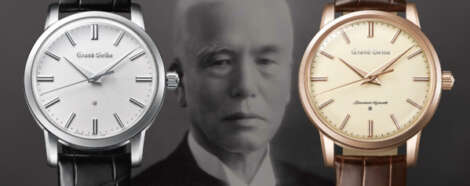
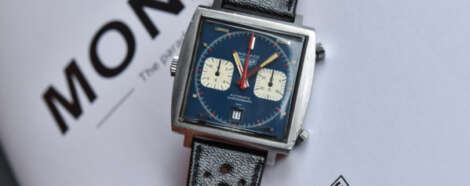
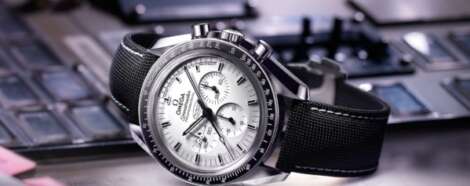
 Willing suspension of disbelief is part of the viewer’s contract with any film. But if you like watches, you still crave authenticity when it comes to a character’s timepiece. Much of the time, prop masters deliver the horological goods, too. You think of Captain Willard’s trusty Seiko 6105 in Apocalypse Now, Patrick Bateman’s Rolex Datejust in American Psycho or Steve McQueen’s Heuer Monaco Chronograph in Le Mans. But sometimes artistic licence is also applied to the actors’ wristwear in a case of “fake it till you make it” or at least manage to wangle a heftier wardrobe budget. Some offenders, listed below, do not have that excuse. Quentin, we love you, but what you did to Uma’s wrist in Kill Bill 2? Really? Ryan Gosling’s fake Patek in Drive Drive, a slick noir thriller about a taciturn getaway driver, made Ryan Gosling an overnight style icon and launched a thousand “get the look” articles. Most of the attention was centred on that satin bomber jacket with a scorpion embroidered on the back. But every element of Gosling’s get-up was deconstructed by eagle-eyed fashionistas determined to identify everything from his low-rise Acne jeans to his chocolate brown driving gloves (made by…
Willing suspension of disbelief is part of the viewer’s contract with any film. But if you like watches, you still crave authenticity when it comes to a character’s timepiece. Much of the time, prop masters deliver the horological goods, too. You think of Captain Willard’s trusty Seiko 6105 in Apocalypse Now, Patrick Bateman’s Rolex Datejust in American Psycho or Steve McQueen’s Heuer Monaco Chronograph in Le Mans. But sometimes artistic licence is also applied to the actors’ wristwear in a case of “fake it till you make it” or at least manage to wangle a heftier wardrobe budget. Some offenders, listed below, do not have that excuse. Quentin, we love you, but what you did to Uma’s wrist in Kill Bill 2? Really? Ryan Gosling’s fake Patek in Drive Drive, a slick noir thriller about a taciturn getaway driver, made Ryan Gosling an overnight style icon and launched a thousand “get the look” articles. Most of the attention was centred on that satin bomber jacket with a scorpion embroidered on the back. But every element of Gosling’s get-up was deconstructed by eagle-eyed fashionistas determined to identify everything from his low-rise Acne jeans to his chocolate brown driving gloves (made by… During the pandemic, many have used the time at home to catch up on a recommended TV series or film they may have missed in busier times, or re-watch some comforting favourites. In my seventh or eighth run-through of The West Wing television series, I almost spilled my beer in excitement when I spotted an Omega dress watch on my favourite fictional president (Bartlet 2020?). This hobby has made watch lovers increasingly aware of what actors are wearing on their wrists. Just the other week I got a message from a buddy asking me what was on Sam Neill’s wrist in Jurassic Park III (an Oris if you were curious). The mark of a true watch enthusiast is when you find yourself rewinding and pausing, even at the risk of annoying your friends and family, to get the perfect screengrab of a watch worn by a character in film/television to post in your watch group — initiating a race among your #watchfam to name the reference spotted on your favourite character. The latest watch spot in pandemic movie night … Brad Pitt’s TAG Heuer in Moneyball. The movie Moneyball, based on the book ‘Moneyball: The Art of Winning an Unfair Game’…
During the pandemic, many have used the time at home to catch up on a recommended TV series or film they may have missed in busier times, or re-watch some comforting favourites. In my seventh or eighth run-through of The West Wing television series, I almost spilled my beer in excitement when I spotted an Omega dress watch on my favourite fictional president (Bartlet 2020?). This hobby has made watch lovers increasingly aware of what actors are wearing on their wrists. Just the other week I got a message from a buddy asking me what was on Sam Neill’s wrist in Jurassic Park III (an Oris if you were curious). The mark of a true watch enthusiast is when you find yourself rewinding and pausing, even at the risk of annoying your friends and family, to get the perfect screengrab of a watch worn by a character in film/television to post in your watch group — initiating a race among your #watchfam to name the reference spotted on your favourite character. The latest watch spot in pandemic movie night … Brad Pitt’s TAG Heuer in Moneyball. The movie Moneyball, based on the book ‘Moneyball: The Art of Winning an Unfair Game’…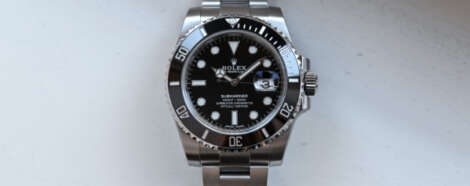
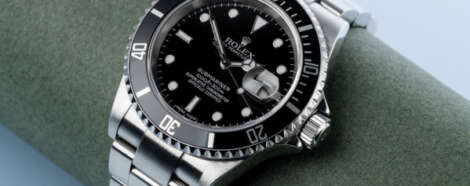
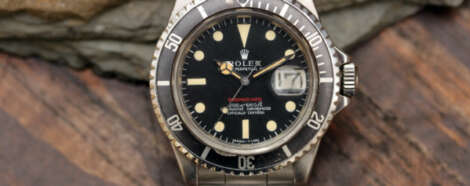
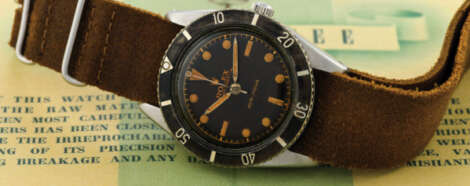
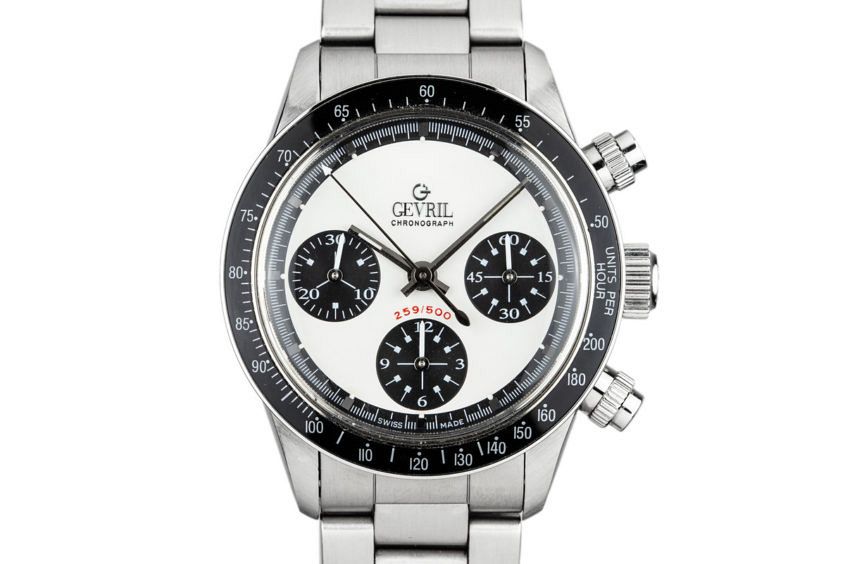 Homage watches within the enthusiast community can be quite a contentious topic at times. Are they rip-offs? Cash cows? Sell-outs? Unoriginal? The reality is opinions can vary, but the true metric or equaliser of any watch to an extent is how they perform on the grey or second-hand market. While the objective of most homage watches is to supply a mass-produced low-cost alternative to widely renowned designs, the Gevril Tribeca has established itself as the textbook example of how to release an homage watch. The watch is so desirable that it now sells at practically three times or more its final retail price of $2900. The last watches sold at retail were in 2018 when Revolution sourced 67 NOS watches that had yet to be assembled from Gevril. A year later, at Christie’s (in an online auction in partnership with The Keystone), one was sold without box and papers for $9375! So, what makes this watch the king of homage? Let’s explore the curious case of the Gevril Tribeca… I know what you are thinking: Zach, it’s a Paul Newman Daytona homage … of course it’s desirable. Upon closer examination, however, this is not the full story. As an example,…
Homage watches within the enthusiast community can be quite a contentious topic at times. Are they rip-offs? Cash cows? Sell-outs? Unoriginal? The reality is opinions can vary, but the true metric or equaliser of any watch to an extent is how they perform on the grey or second-hand market. While the objective of most homage watches is to supply a mass-produced low-cost alternative to widely renowned designs, the Gevril Tribeca has established itself as the textbook example of how to release an homage watch. The watch is so desirable that it now sells at practically three times or more its final retail price of $2900. The last watches sold at retail were in 2018 when Revolution sourced 67 NOS watches that had yet to be assembled from Gevril. A year later, at Christie’s (in an online auction in partnership with The Keystone), one was sold without box and papers for $9375! So, what makes this watch the king of homage? Let’s explore the curious case of the Gevril Tribeca… I know what you are thinking: Zach, it’s a Paul Newman Daytona homage … of course it’s desirable. Upon closer examination, however, this is not the full story. As an example,…